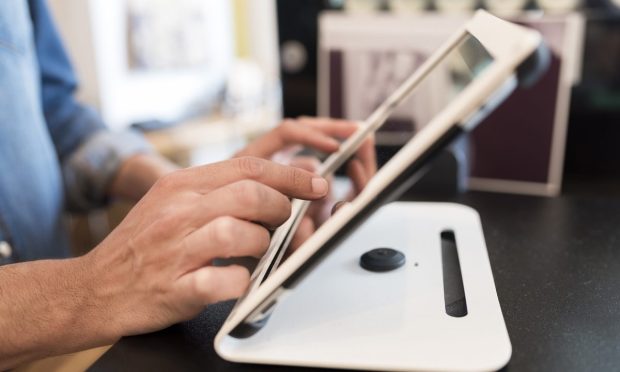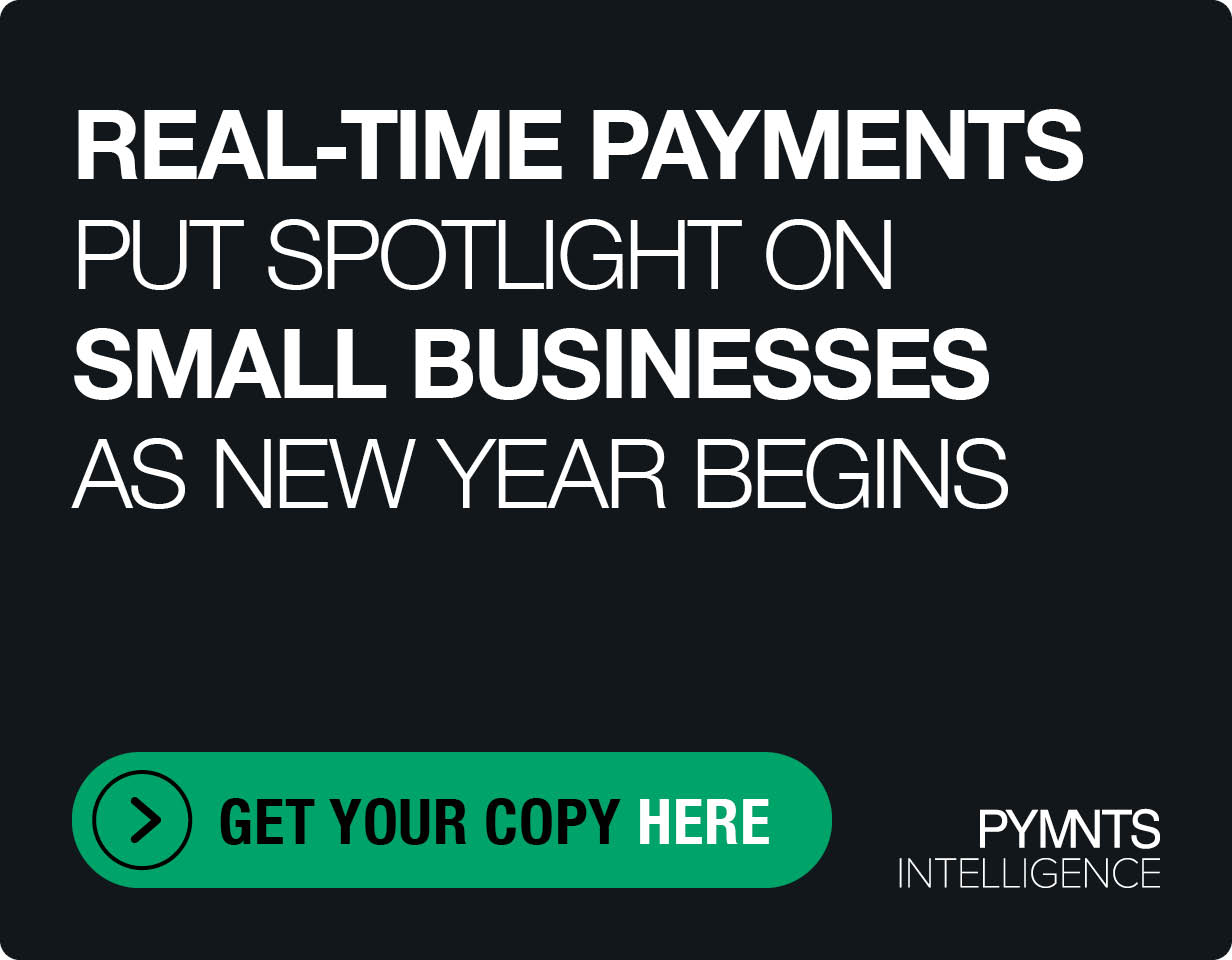Olo CEO: Removing Payment Friction Equips Restaurants to Compete With Aggregators

With the acceleration of the digital shift seen in the past two years, consumers have increasingly come to expect frictionless convenience across digital and in-person transactions. As these norms evolve, old-fashioned payment experiences that depend on manual credit card number entry and/or slow wait times can be enough to alienate customers, such as those in practice at many restaurants today, could alienate consumers.
On Wednesday (Feb. 23), New York City-based B2B Software-as-a-Service (SaaS) restaurant technology company Olo announced the general availability of Olo Pay. With this payment solution, the company intends to make consumers’ saved payment credentials accessible for use at any restaurant on Olo Pay’s network, enabling a more seamless payment experience.
Read more: Olo Launches Olo Pay Amid Competition for Frictionless Ordering
In an interview with PYMNTS on Thursday (Feb. 24), Olo CEO Noah Glass argued that, as eCommerce payments evolve across categories, restaurants that do not offer quicker and more seamless payment options risk falling behind.
“Consumers aren’t just constrained to food ordering for eCommerce. They’re also using platforms like Shop Pay. They’re also using Amazon.com. They’re used to having frictionless payment experiences,” he said. “The status quo for ordering from restaurant brands’ sites, where the digital order provider is a gateway into a credit card processor really meant for in-restaurant card swipes that doesn’t have to operate in a consumer-facing layer … that’s no longer a good enough solution.”
The Frictionless Payment Advantage
Improved payment options can be a valuable way for restaurants to attract customers and boost order frequency, according to data from PYMNTS’ new Restaurant Friction Index, created collaboration with Paytronix.
Related: PYMNTS Intelligence: How Eateries Can Tap Order Throttling Tools as Delivery Demand Grows
The study, which features the results of a survey of a census-balanced panel of more than 2,100 United States adults, found that 40% of customers report that they would be more inclined to shop with restaurants that offered the ability to pay online. Additionally, 25% said the same of the ability to pay with card on file, 24% of the ability to pay in-store with contactless cards, 23% of the ability to pay with digital wallets, and 19% of the ability to pay with QR codes.
Olo, for its part, tapped former Shopify CFO Russ Jones as a board member at the end of 2020 in a move to benefit from his experience bringing Shop Pay to market. In fact, Olo was able to make its payment platform available well ahead of its initially expected 2023 launch.
Glass explained that the solution is part of the company’s overall push to utilize two-sided network models.
“The biggest two-sided network of all for Olo is the two-sided network between restaurants 79,000 restaurants across 500 brands today on one side and the 85 million consumers … on the other,” he said. “The idea that a consumer could have their payment details on file … felt like a huge opportunity.”
Taking on the Aggregators
Glass contends that one of the key benefits of Olo Pay is that it helps restaurants drive adoption of their direct ordering channels rather than losing customers to third-party aggregators’ marketplaces.
“When you survey consumers, the majority will consistently say, ‘We prefer ordering through restaurant brands’ own direct channels,’ … and yet you see so much volume happening through those restaurant delivery marketplaces,” he said, adding that this disparity comes in part from the fact that aggregators allow consumers to pay for a wide range of restaurant brands using their saved cards on file.
Sure enough, research from the Restaurant Friction Index reveals that far and away the most common reason consumers cite for using aggregators is that they feel the channel is “easy and more convenient,” with 63% of consumers listing this simplicity as a key motivating factor.
Glass cited Shop Pay’s reports of 1.72x higher basket conversion rate than traditional checkout as an example of the potential of borderless payments.
“That’s just profound when you think about how many sales are being left on the table by operators by having the status quo payment experience in their digital ordering platform,” he said, “and not something that really meets the needs and expectations of that on-demand consumer.”
360-Degree View of the Restaurant Customer
Also on Wednesday, Olo announced its acquisition of Omnivore with an eye toward offering open check functionality for on-premises dining. The move is a significant step toward the company’s goal, as described in a conversation with PYMNTS’ Karen Webster last May, to go from “digital primacy to digital entirety,” with Olo aiming to be a key part of every restaurant transaction.
See also: Olo’s Noah Glass On Powering The $1.6 Trillion ‘Eats’ Ecosystem
After Olo’s acquisition of customer intelligence and engagement platform Wisely last fall, the integration of Omnivore’s on-premises technology allows the company to create a more comprehensive profile of the omnichannel restaurant customer, leveraging data from transactions both off-premises and on.
More details: Restaurant Platform Olo to Buy Data Firm Wisely for $187M
For instance, he noted that the top 20% of restaurant customers typically account for 60% of transactions. These kinds of data analytics capabilities could allow restaurants to target their menus, their labor deployment, and even their store openings to these consumers.
“All of these things are informed by understanding customer lifetime value and taking a customer-centric approach to operating the restaurant business,” he said. “I think that is a massive unlock that Wisely enabled, and I’m so proud that that’s now part of the Olo story.”
